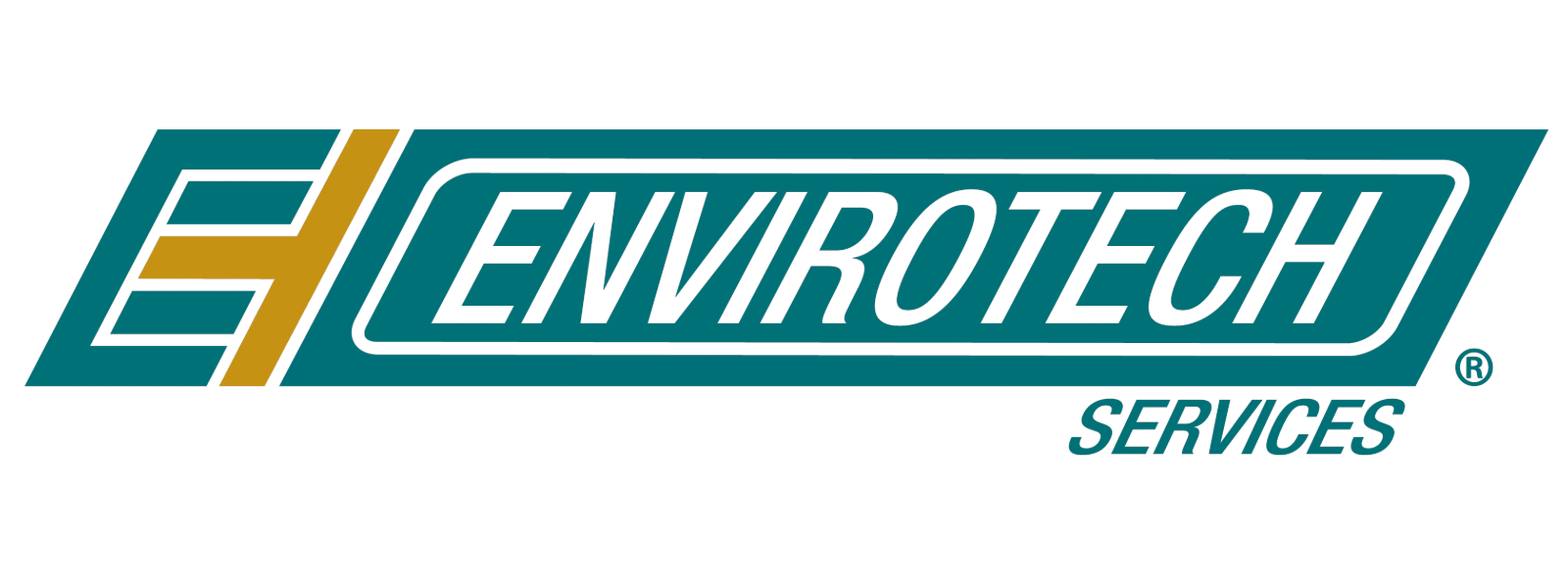Top Methods for Unpaved Road Stabilization
When it comes to maintaining and improving unpaved roads—often referred to as back roads, dirt roads, or county roads—there are various methods to consider for dust control and road stabilization. Each method offers a different level of durability, maintenance requirements, and overall effectiveness. Here's a breakdown of the most common approaches, ranging from basic dust control to advanced stabilization techniques.
Dust Control
Water Application

One of the simplest methods for dust control is the frequent application of water. This method works by temporarily settling the dust particles on the road surface.
Pros: Water is readily available and easy to apply using basic equipment.
Cons: The effects are short-lived, often requiring multiple reapplications per day, especially in dry conditions.
Dust Suppression Products
.jpg?width=528&height=297&name=C-lazy-U%20ranch%20Nonchloride%20Clark%20(19).jpg)
For a more long-term solution, some agencies opt for specialized dust suppression products. These chemicals are designed to pull water from the air, keeping dust particles bound together and creating a consistently damp surface.
Pros: Less frequent applications are required compared to water, and the road maintains a "wet" appearance that effectively controls dust.
Cons: Weather conditions, such as rain, can diminish the effectiveness of these products, potentially washing them away.
Road Stabilization
%20(18).jpg?width=540&height=405&name=Elbert%20Co%20CoRd25%20BaseBind%20X%20(June2023)%20(18).jpg)
Stabilization Treatment
Stabilization is a step up from basic dust control, involving the incorporation of stabilizing agents into the road base. This method strengthens the road, providing a surface that dramatically reduces the amount of upkeep required to maintain the road’s integrity and rideability.
Pros: Stabilization significantly lowers the need for regular maintenance. This includes not only the repairing of the road but as much or possibly more importantly, it dramatically reduces the need to import replacement gravel. Another positive effect of a stabilized road is that it will naturally reduce the amount of fugitive dust coming off the road surface.
Cons: Heavily trafficked areas, especially intersections, hills, and curves, may still require periodic maintenance.
Stabilization and Dust Control Cap (Compact & Cap)

This method involves stabilizing the road base, compacting it, and then capping it with a dust control agent. The result is a road that encourages longevity. Capping a stabilized road helps protect that improvement from the effects of weather from above. Conversely, the stabilized base helps protect the cap from below which in turns keeps the dust palliative in place where it can remain effective. In tandem, the road’s longevity increases dramatically.
Pros: This approach creates a smooth, hard surface that requires minimal maintenance, making it ideal for roads with moderate traffic.
Cons: Even though maintenance is reduced, high-traffic areas may occasionally need re-blading to maintain its rideability.
Other Advanced Un-paved Road Options
Recycled Asphalt Pavement (RAP) Mixed with Stabilization
For an even more durable solution, RAP can be mixed with a stabilizing agent. This combination results in a road surface that closely resembles traditional paving and can last for multiple years.
Pros: Reusing recycled materials is not only environmentally friendly, but this method offers long-term durability, making it a cost-effective and sustainable option.
Cons: The quality of RAP can vary, and in some cases, additional stabilization may be needed to achieve the desired road quality.
Stabilization Under Chip Seal

Chip seal is a pavement treatment that combines layers of oil and crushed rock, creating a durable surface. When combined with road stabilization, it offers a robust solution that can last for several years.
Pros: Ideal for rural roads with moderate traffic volumes, chip seal can extend the lifespan of the road surface by up to 5-10 years.
Cons: This method may require more initial investment and may not be suitable for all road types.
Conclusion
Choosing the right method for dust control and road stabilization depends on your specific needs, road conditions, and budget. Whether you're looking for a basic dust control solution or a more advanced stabilization technique, there are options available to meet your requirements.
At EnviroTech Services, we offer a range of products and expertise to help you manage your unpaved roads effectively. Our team is ready to assist with selecting the right method and training your staff to implement these solutions efficiently. Contact us today to learn more about how we can support your road maintenance efforts.
If you would like to learn more, talk to an EnviroTech representative or just keep up with all things EnviroTech Services fill in the form below.

